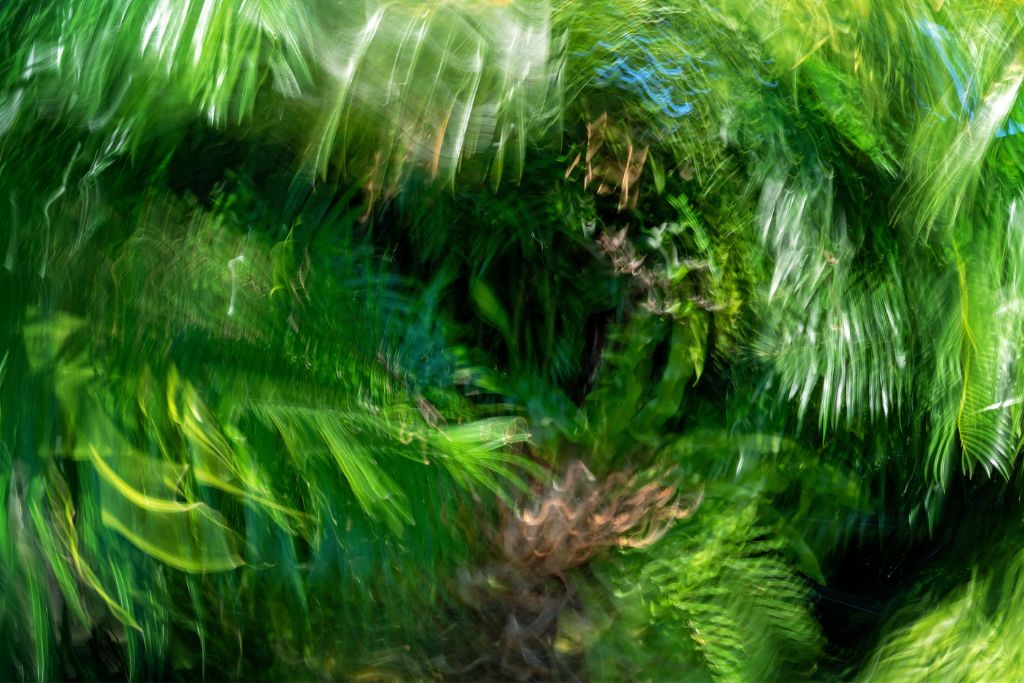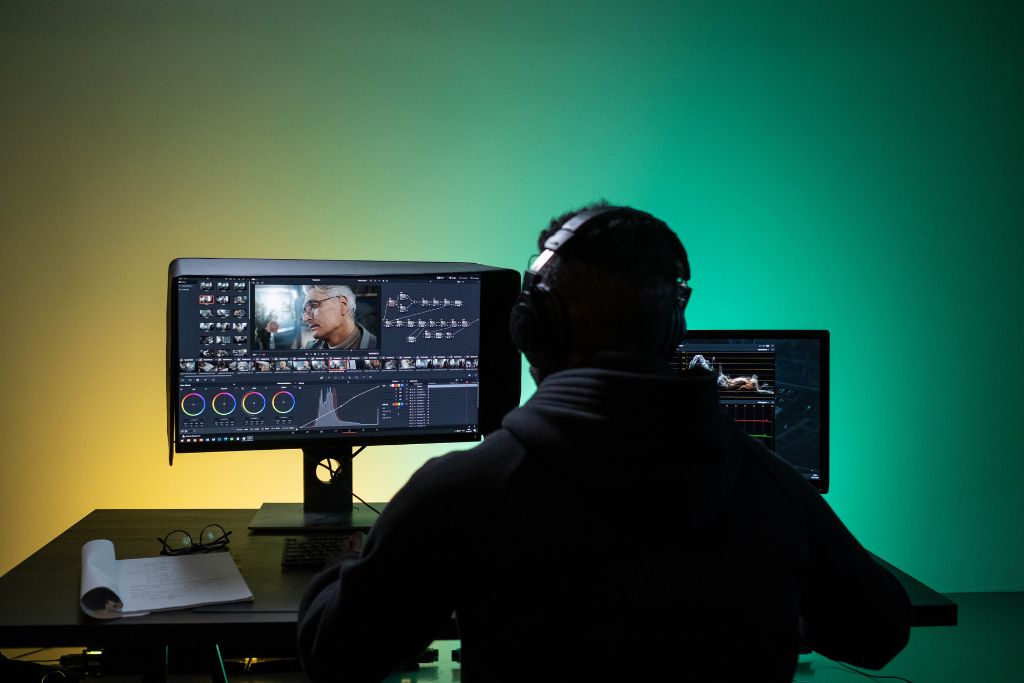Cinematography is the art of capturing visual images that support the story being told. It requires a wide range of techniques and skills, such as lighting, moving the camera, focusing, and putting together a picture.
It is a powerful tool for telling stories and creating moods and atmospheres. To be successful, it is important to understand how these elements affect an audience’s perception of the film.
Lighting
Film storytelling is a complex art, and cinematography plays a huge part in making sure that a film looks and feels the way that you want it to. It takes time, consideration, money, and many people to make a successful film.
A great example of how cinematography can help tell a story is through lighting. Light can create stark contrasts that help a character stand out from the rest of the crowd. Colored lights can also reveal certain emotions or a character’s mood.

For instance, bright colors can bring character happiness or show off their best features, while dark colors can suggest sinister behavior. In addition to defining characters, lighting can be used to show how the story shifts throughout the film.
Whether you’re shooting a comedy, romance, or thriller, lighting is an important element of delivering the story to your audience. It can subtly change your film’s mood from scene to scene, even when a character isn’t speaking.
Camera Angles
Cinematography is the art of capturing moments in a film, and how you choose to use camera angles can drastically change the look, feel, and emotional impact of your film. From wide shots that show the viewer’s surroundings to close-ups that demonstrate a character’s face, camera angle choices can help tell your story.
High-angle shots are a good way to raise the tension in your story and show where there are imbalances of power. They also give a sense of depth.

Low-angle shots (also called eye-level shots) make objects seem lower than they actually are and create a feeling of distance from them. They are often used to highlight character height differences, which can be a good way to establish how a character feels about their circumstances or position within the world.
Dutch angle shots are another popular choice. These angles point up or down, creating an unusual angle that can add drama to a scene.
Camera Movement
Camera movement is one of the most expressive tools that a filmmaker can use to tell a story. It can shape a scene’s perspective and enhance its narrative.
Ultimately, the camera should be used as the audience’s eyes on a story. That’s why it’s important to film each shot with the audience in mind and not just the actors.

A great way to do this is by establishing the setting before introducing the characters. This helps the audience understand where they’re going and what’s happening in the scene, which can make it much easier to follow the story.
Camera movement can also be used to build suspense or control the pace of a scene. It can even add realism to a story or mimic human movement, which can be especially useful in documentary storytelling.
Editing
Cinematographers frame shots, set up lights to create moods or effects, and edit them together into sequences to tell a story with images instead of dialogue.
While many of us think of editing as a technical task, it actually requires a strong grasp of visual story-telling and the ability to get an emotional read on the material. In the end, editors are responsible for how people see and understand the movies they work on.

A good editor knows how to use transitions, well-selected shots, sound effects, and cross-cutting audio and video to amplify emotions in scenes and sequences. They also know when to highlight, preempt, or anticipate what’s about to happen to influence the audience’s perception of later events.
Visual storytelling is an art that reaches audiences on a deep and lasting level. It’s a powerful tool that can be used to deliver any message, emotion, narrative, or information.



